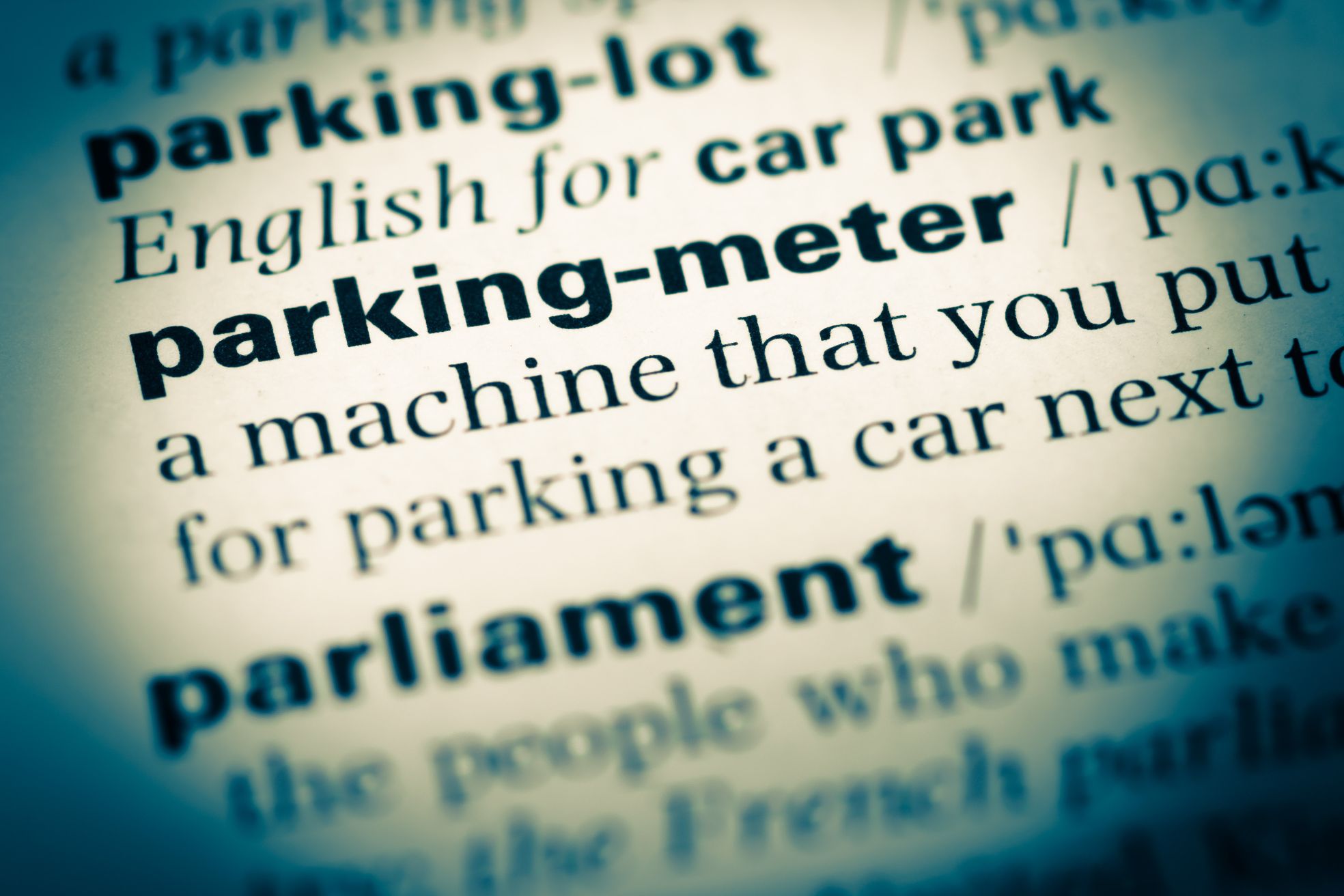Virtual Parking Meters Are Transforming Urban Parking

Virtual Parking Meters stand at the forefront of the evolution in parking management, marking a significant transformation.
This article delves into the realm of Virtual Meters, exploring two distinct approaches: one leveraging IoT sensors and the other relying on License Plate Recognition (LPR) patrols. Both options allow users to self-manage their parking experience through user-friendly mobile apps.
Virtual Parking Meter with IoT Sensors
Virtual Parking Meters equipped with IoT sensors represent the cutting edge of parking management. These systems utilize a network of sensors strategically placed in parking areas. Let’s explore the benefits and functionalities of this innovative approach.
Key Features of IoT-enabled Virtual Meters
- Real-time Occupancy Data: IoT sensors constantly monitor parking spaces, providing up-to-the-minute occupancy information.
- Mobile App Integration: Users can access parking space availability and make reservations through a dedicated mobile app.
- Contactless Payments: Seamlessly pay for parking through the app, eliminating the need for physical coins or tickets.
- Smart Navigation: Receive directions to the nearest available parking space, optimizing your parking experience.
- Eco-friendly: Reduced vehicle idle times and emissions due to efficient parking space allocation.
Enhancing User Experience
IoT-enabled Digital Parking Systems prioritize user convenience and sustainability. Integrating sensors, mobile apps, and real-time data ensures a hassle-free parking experience for residents and visitors.
Advantages of IoT Virtual Parking Meters
- Streamlined parking processes.
- Reduced traffic congestion.
- Enhanced environmental sustainability.
- Improved revenue collection for municipalities.
- Increased user satisfaction.
Virtual Parking Meter without Sensors (LPR Patrolled)
In contrast to IoT-enabled systems, LPR-patrolled Virtual Parking Meters rely on License Plate Recognition technology. These systems offer a different set of advantages and functionalities.
Key Features of LPR-patrolled Virtual Parking Meters
- License Plate Recognition: Cameras equipped with LPR technology scan license plates to monitor parking durations.
- Mobile App Integration: Users can pay for parking and extend their stay via a mobile app.
- Enforcement Efficiency: Efficient monitoring and enforcement of parking rules.
- Real-time Notifications: Receive alerts about expiring parking sessions.
- Versatility: Suitable for both on-street and off-street parking areas.
Enhancing User Experience
LPR-patrolled Virtual Meters are particularly effective in areas where sensor installations may be impractical or cost-prohibitive. The combination of license plate recognition and mobile app integration simplifies parking management.
Advantages of LPR Digital Parking Systems
- Cost-effective implementation.
- Effective parking enforcement.
- Seamless payment options.
- Improved compliance with parking regulations.
- Enhanced user convenience.
Benefits of Virtual Permits Over Pay-and-Display Permits
The world of parking management has witnessed a shift from traditional pay-and-display permits to advanced virtual parking permits. This transition is driven by several notable benefits virtual permits offer over their conventional counterparts.
1. Convenience and Accessibility: Virtual parking permits eliminate the need for physical permits or paper receipts. Users can easily obtain, renew, or manage their permits through online platforms or mobile apps. This convenience is particularly advantageous for busy urban areas where parking is a challenge.
With virtual permits, users can handle their parking needs from the comfort of their smartphones.
2. Reduced Environmental Impact: Going virtual means going green. By reducing the production and distribution of physical permits, virtual permits contribute to environmental sustainability. There’s no need for printing and distributing paper permits, which translates to fewer resources consumed and less waste generated.
This eco-friendly approach aligns with modern initiatives for reducing carbon footprints and promoting sustainability in urban areas.
3. Enhanced Enforcement: Virtual permits are tied to license plate numbers, making enforcement more efficient and accurate. Parking administrators can easily verify permit validity by scanning license plates, reducing the risk of fraudulent use.
This enhanced enforcement ensures parking spaces are allocated to those with valid permits, promoting fairness and reducing unauthorized parking.
4. Cost Savings: Both parking administrators and users benefit from cost savings with virtual permits. Administrators save on printing, distribution, and administrative costs associated with physical permits. On the other hand, users avoid expenses related to lost or damaged permits.
The savings accrued by both parties can be redirected towards improving parking infrastructure or reducing permit fees.
5. Real-time Updates: Virtual parking permits often provide real-time updates on parking availability. Users can check the status of parking spaces in designated areas before even arriving, reducing the time spent searching for parking.
This feature enhances the overall parking experience and reduces traffic congestion caused by circling vehicles.
6. User-Friendly Interfaces: Virtual permit systems typically offer user-friendly interfaces, making it easy for individuals to apply for permits, make payments, and manage parking needs.
Users can easily navigate the permit process with intuitive mobile apps and online platforms.
Frequently Asked Questions
Q: Are Virtual Parking Meters with sensors more expensive to implement than LPR-patrolled ones?
A: The cost of implementation varies depending on factors such as the size of the parking area and existing infrastructure. Generally, IoT-enabled systems may have a higher initial cost due to sensor installation, but they offer long-term efficiency and revenue generation benefits.
Q: Can I use a mobile app to pay for parking with both types of Digital Parking Systems?
A: IoT-enabled and LPR-patrolled Digital Parking Systems offer mobile app integration, allowing users to pay for parking, check availability, and receive notifications.
Q: How do Virtual Parking Meters contribute to sustainability?
A: Virtual Parking Meters, especially those with IoT sensors, reduce vehicles’ time searching for parking spots. This leads to decreased congestion, fuel consumption, and emissions, contributing to environmental sustainability.
Q: What happens if I exceed the parking duration in LPR-patrolled areas?
A: In LPR-patrolled areas, the system will recognize the violation, and you may be subject to fines or penalties. It is essential to adhere to parking rules and extend your parking session if needed.
Q: Are Virtual Parking Meters suitable for all types of parking areas?
A: Yes, they can be adapted to various parking scenarios, including on-street and off-street parking facilities, making them versatile and applicable in different urban settings.
Q: Can Virtual Parking Meters be integrated into existing parking infrastructure?
A: Many solutions are designed to be compatible with existing infrastructure, allowing for a seamless transition to modern parking management.
Conclusion
Digital Parking Systems, whether equipped with IoT sensors or relying on LPR patrols, have revolutionized how we manage parking spaces. These systems offer user-friendly mobile apps, real-time information, and efficient enforcement, enhancing both the user experience and the sustainability of urban environments.
Whether you opt for the high-tech IoT approach or the cost-effective LPR solution, Virtual Parking Meters bring convenience to your parking needs.


